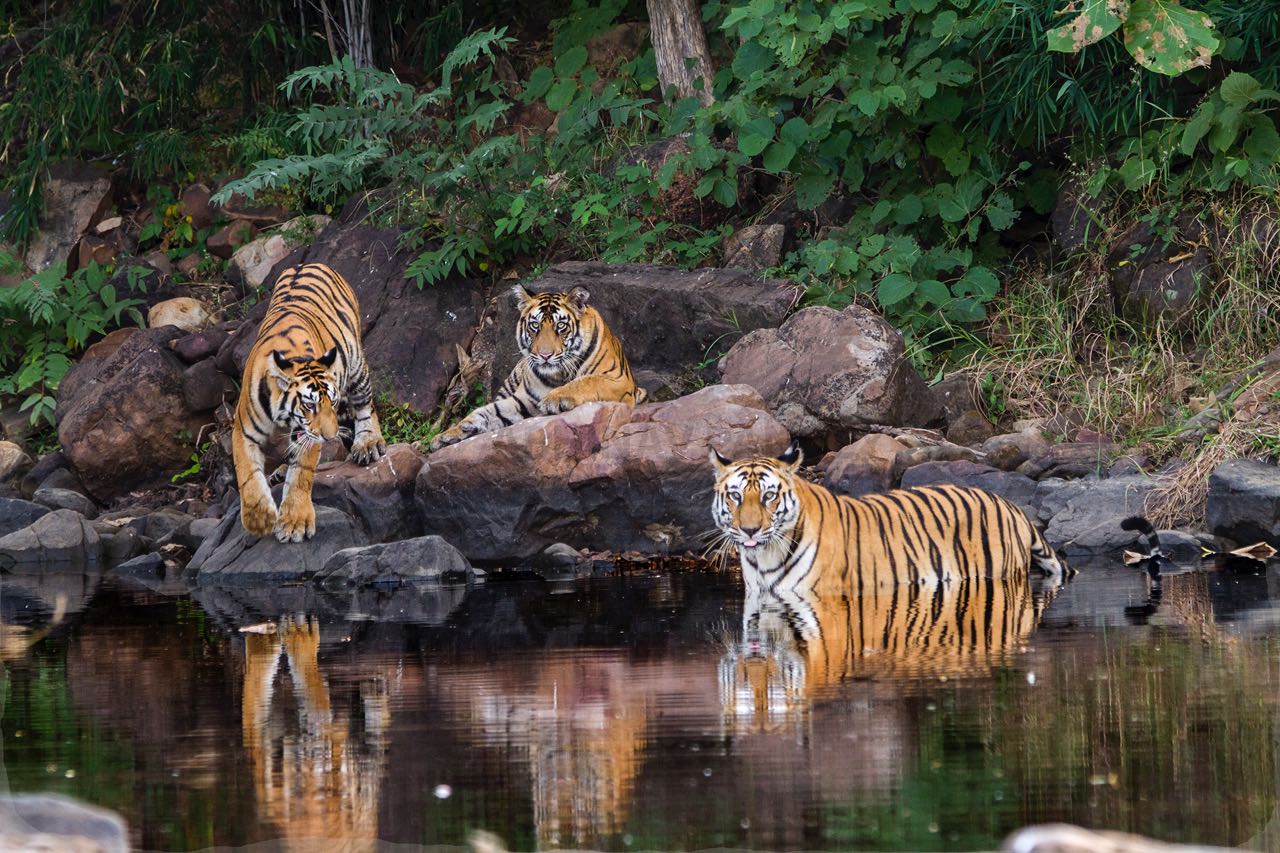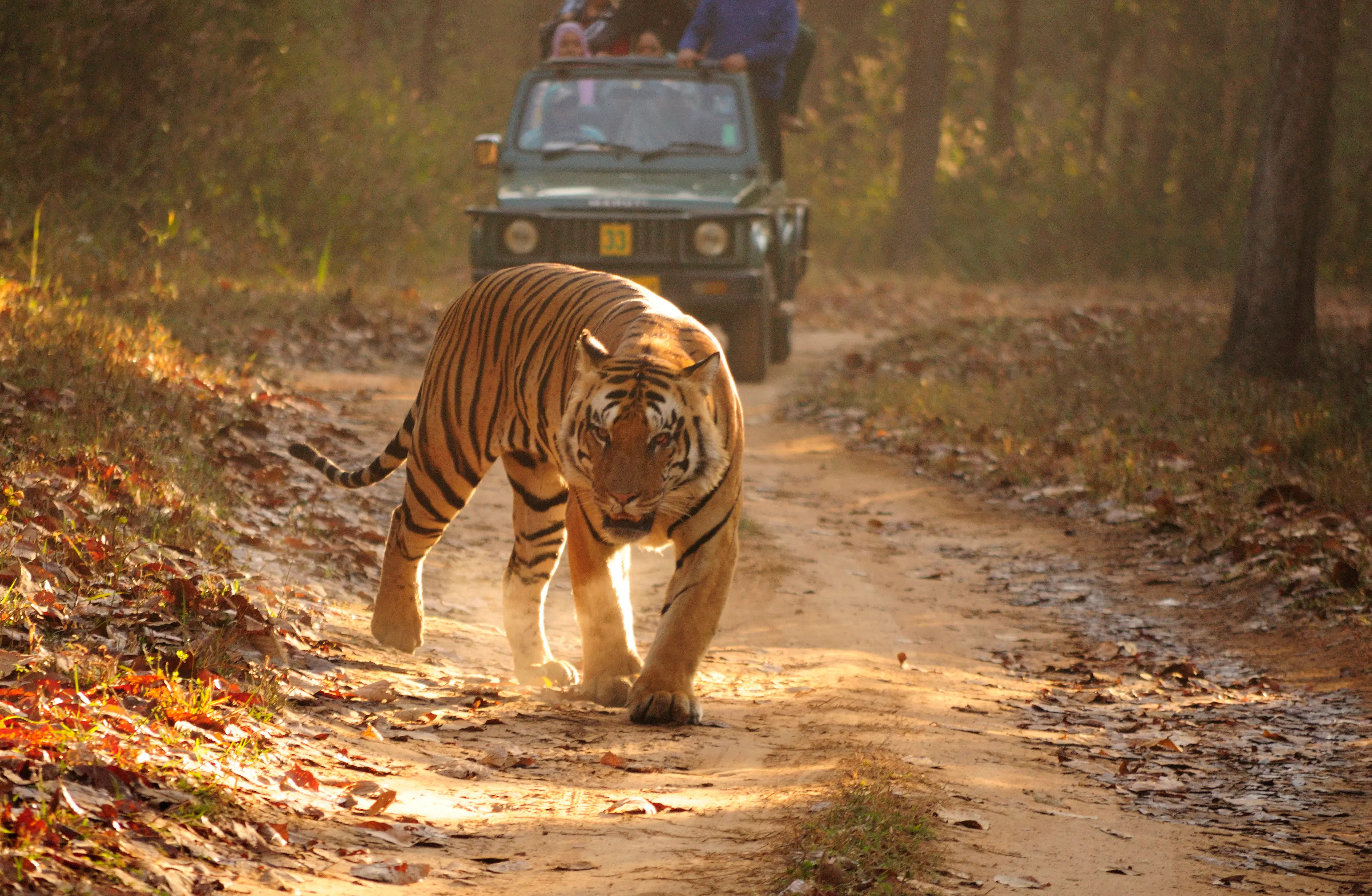
Khajuraho temples
The Khajuraho temples, located in the Indian state of Madhya Pradesh, are a stunning testament to the architectural and artistic achievements of ancient India. Built between 950 and 1050 CE by the Chandela dynasty, these temples are renowned for their intricate and exquisite carvings, depicting various aspects of life, spirituality, and sensuality. The temples are divided into three groups - Western, Eastern, and Southern, with the Western group being the most well-preserved and famous among tourists. The sculptures adorning the Khajuraho temples are not only aesthetically captivating but also provide valuable insights into the social, cultural, and religious life of medieval India.
What sets the Khajuraho temples apart is the explicit portrayal of human passions and emotions, a departure from the typical restraint found in other religious art of that era. This unique blend of spirituality and eroticism has fascinated visitors for centuries, making Khajuraho a UNESCO World Heritage Site and a must-visit destination for art enthusiasts, historians, and travelers from around the globe. The temples continue to stand as a symbol of India's rich cultural heritage and artistic brilliance, captivating the imagination of all who explore their hallowed grounds.

Raneh Falls
Raneh Falls, located in the heart of central India, is a breathtaking natural wonder that captivates visitors with its sheer beauty. The falls are nestled amidst the scenic landscape of the Ken River, in the state of Madhya Pradesh. What makes Raneh Falls truly remarkable are its unique, multi-layered canyon formations, crafted by nature over millions of years. The cascading waterfalls create a mesmerizing sight as they flow over the magnificent rock formations, showcasing nature's artistry at its finest. The surrounding lush greenery and the roar of the water add to the sensory experience, making Raneh Falls a must-visit destination for nature enthusiasts and travelers seeking tranquility in the midst of picturesque landscapes.
Visitors to Raneh Falls can indulge in a variety of activities, including hiking along the scenic trails that offer panoramic views of the falls and the surrounding wilderness. The area is also a paradise for birdwatchers and wildlife enthusiasts, as it is home to a diverse range of flora and fauna. Exploring the nearby national parks and wildlife sanctuaries allows visitors to witness the rich biodiversity of the region. Raneh Falls stands as a testament to the raw power of nature and provides a serene escape for those seeking solace amidst the wonders of the natural world.

Panna National Park
Panna National Park, located in the state of Madhya Pradesh, India, is a picturesque wildlife sanctuary renowned for its rich biodiversity and stunning landscapes. Covering an area of approximately 542 square kilometers, the park is home to a diverse range of flora and fauna, including various species of mammals, birds, reptiles, and insects. One of the park's main attractions is the majestic Bengal tiger, which has been successfully reintroduced into the wild here after facing near-extinction. Apart from tigers, Panna National Park shelters leopards, wild dogs, sloth bears, and over 200 species of birds, making it a paradise for wildlife enthusiasts and birdwatchers alike.
The park's topography is a delightful blend of plateaus, gorges, and cascading waterfalls, creating a scenic backdrop for the thriving wildlife. Visitors can embark on thrilling jeep safaris or boat rides along the serene Ken River, which flows through the park, providing a unique perspective of the diverse habitats and wildlife. Panna National Park offers an immersive experience in the heart of nature, where visitors can witness the raw beauty of the wild and contribute to the conservation efforts aimed at preserving this precious ecosystem for generations to come
Witness the Khajuraho dance

Explore ancient art and architecture

Enjoy wildlife safari
